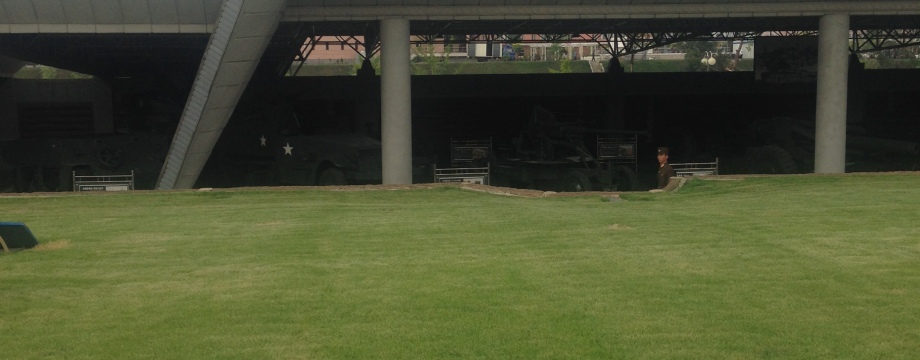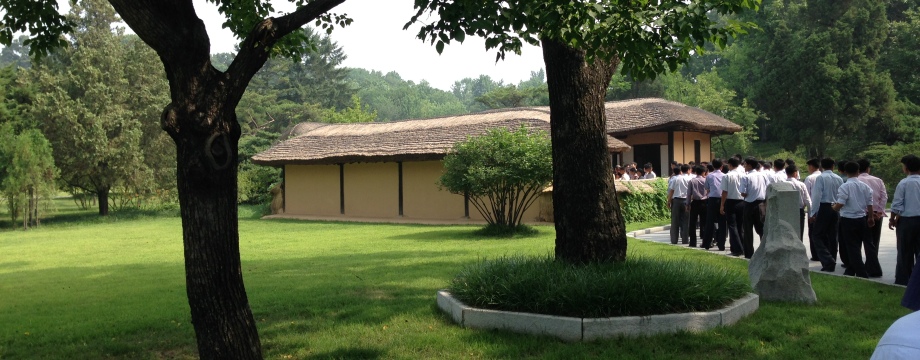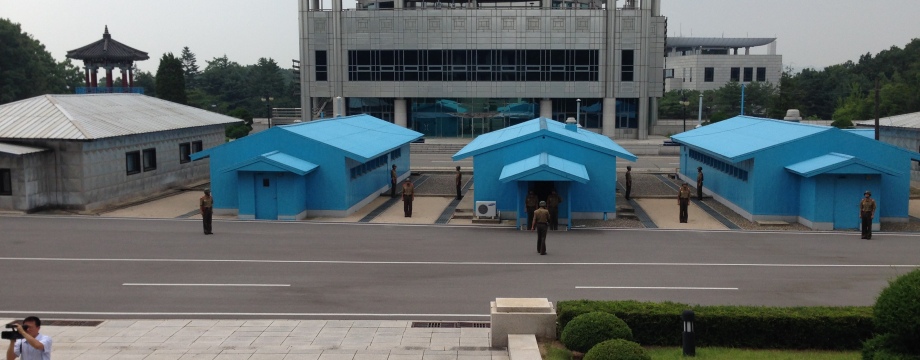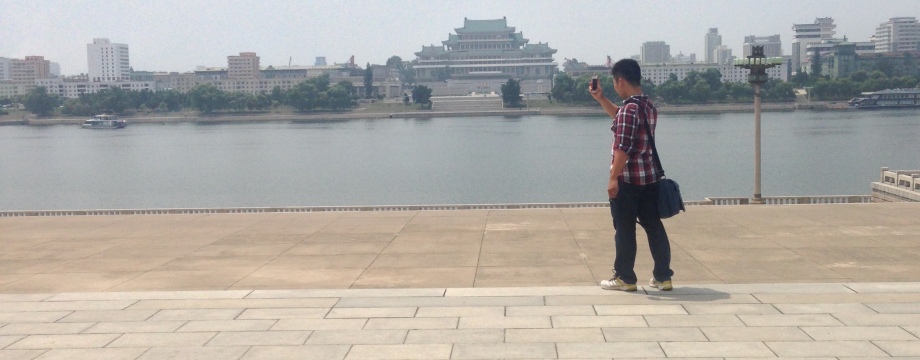The Victorious Fatherland Liberation War Museum is a memoir of the Korean War. It houses various war relics, captured UN vehicles and the USS Pueblo. It is an impressive museum that unfortunately contains a fair amount local propaganda.
We met our museum guide at the entrance to the museum: a young woman dressed in military garb. I’m not sure if this was for show or if she actually held rank, but I think she was military.
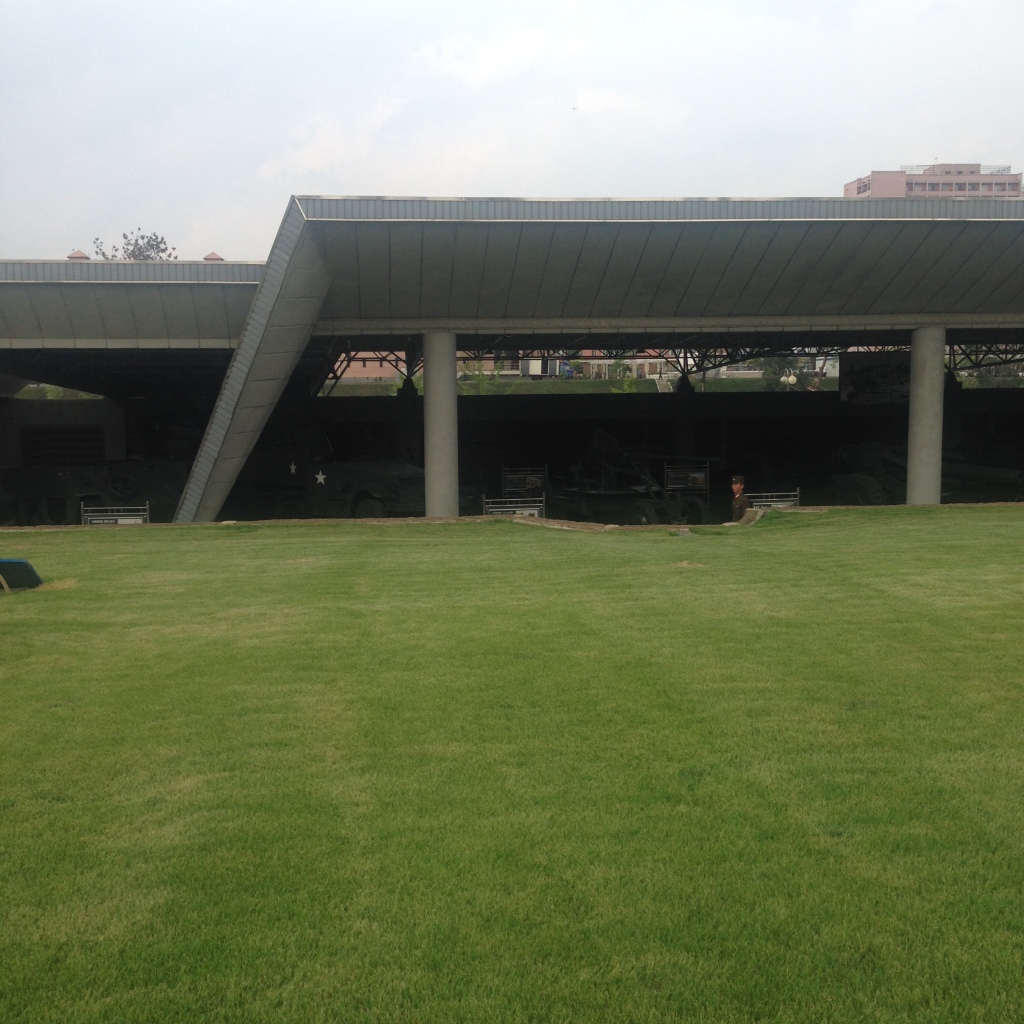
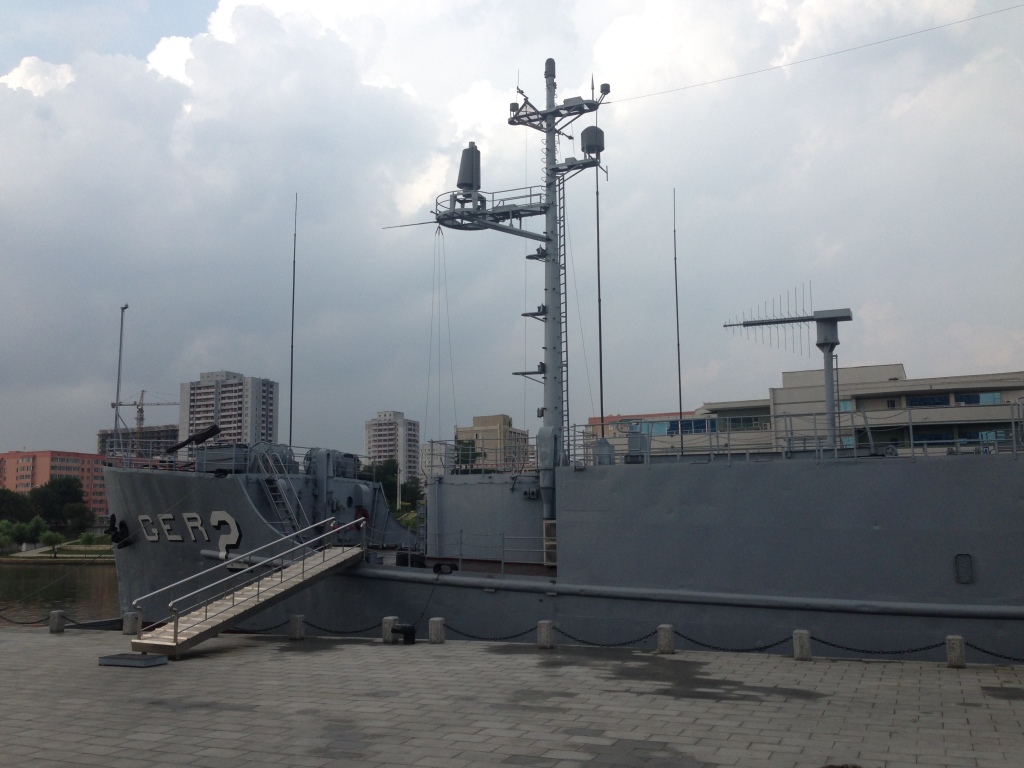
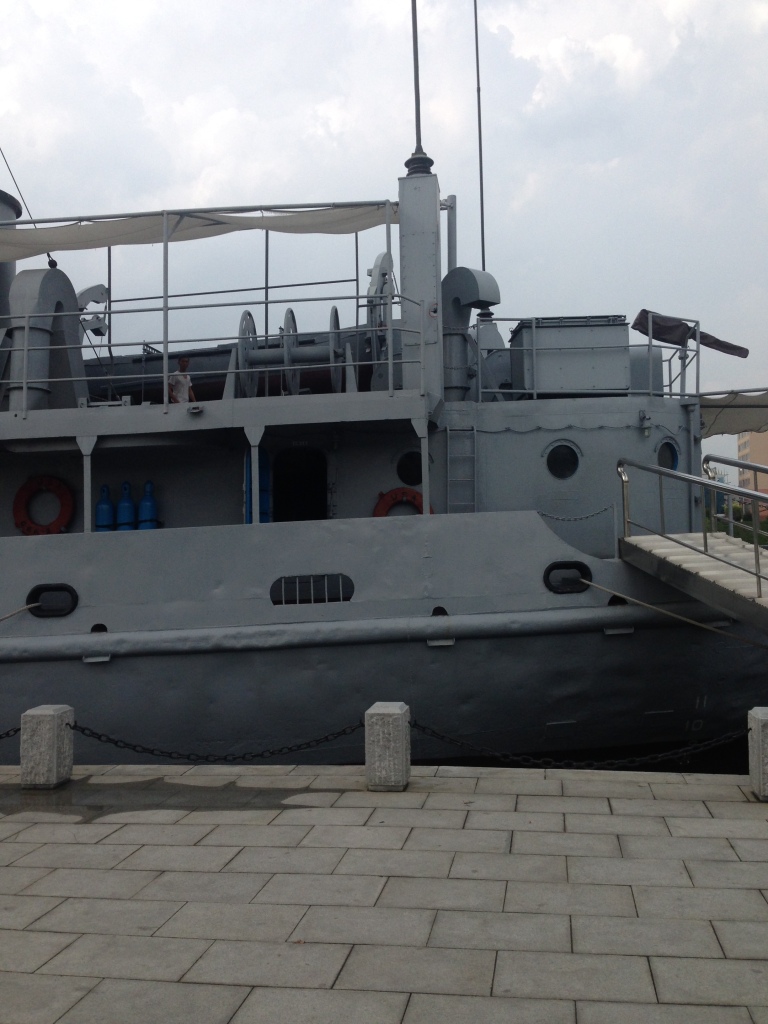
We walked towards the entrance of the museum building as she pointed out the vehicles captured by North Korea during the war. We didn’t get close to them, but from what I could tell they were in pretty good condition.
Before we went into the museum building we she showed us the USS Pueblo. This was a US spy ship captured by North Korea in 1968 for violating their territory. A few crew members died during the skirmish. North Korea eventually released all those captured in return for a confession from the USA.
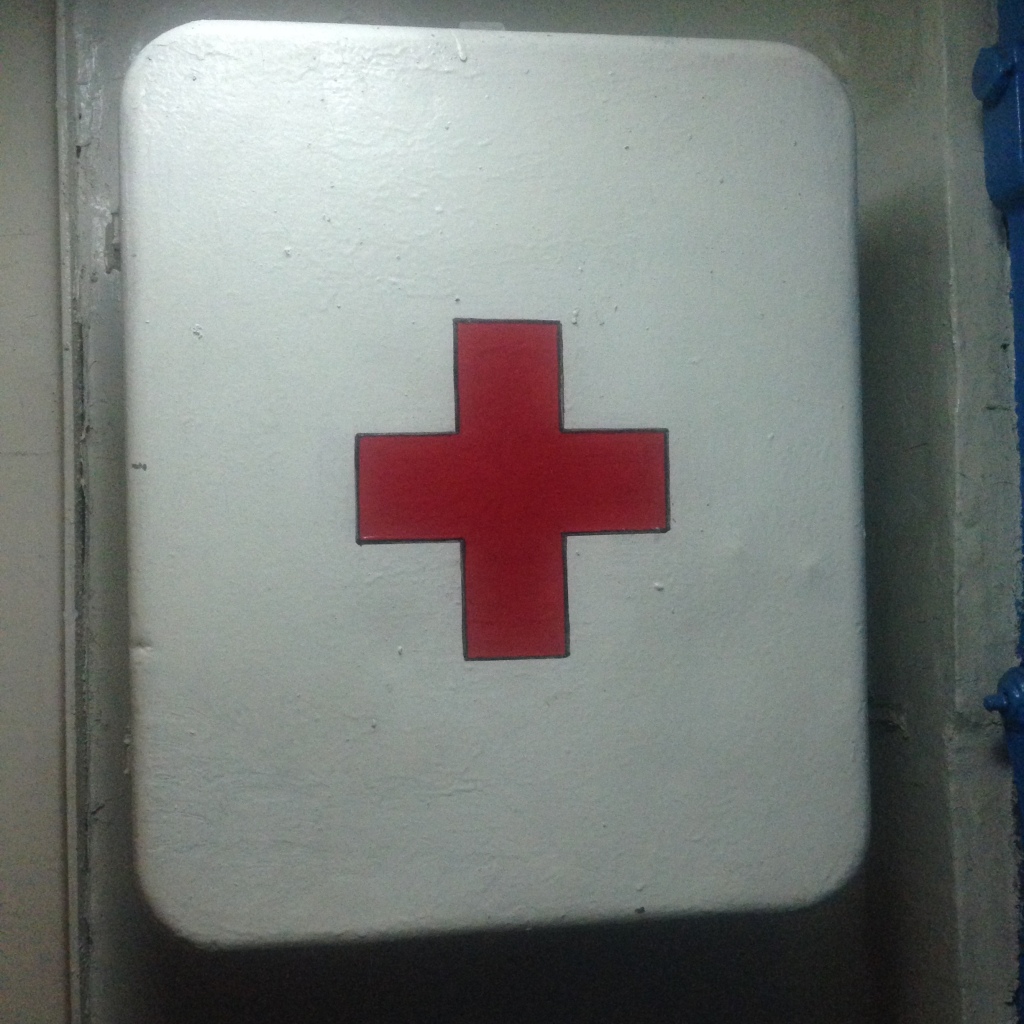
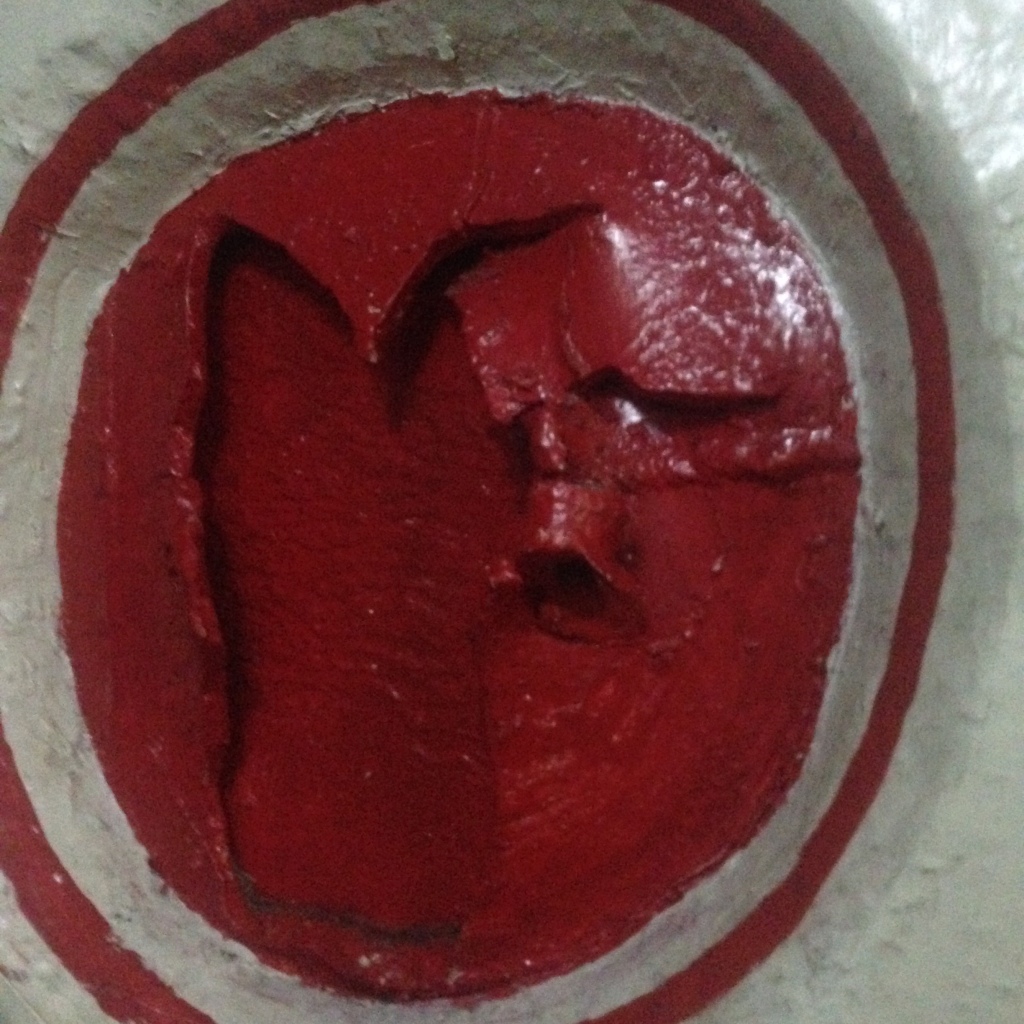
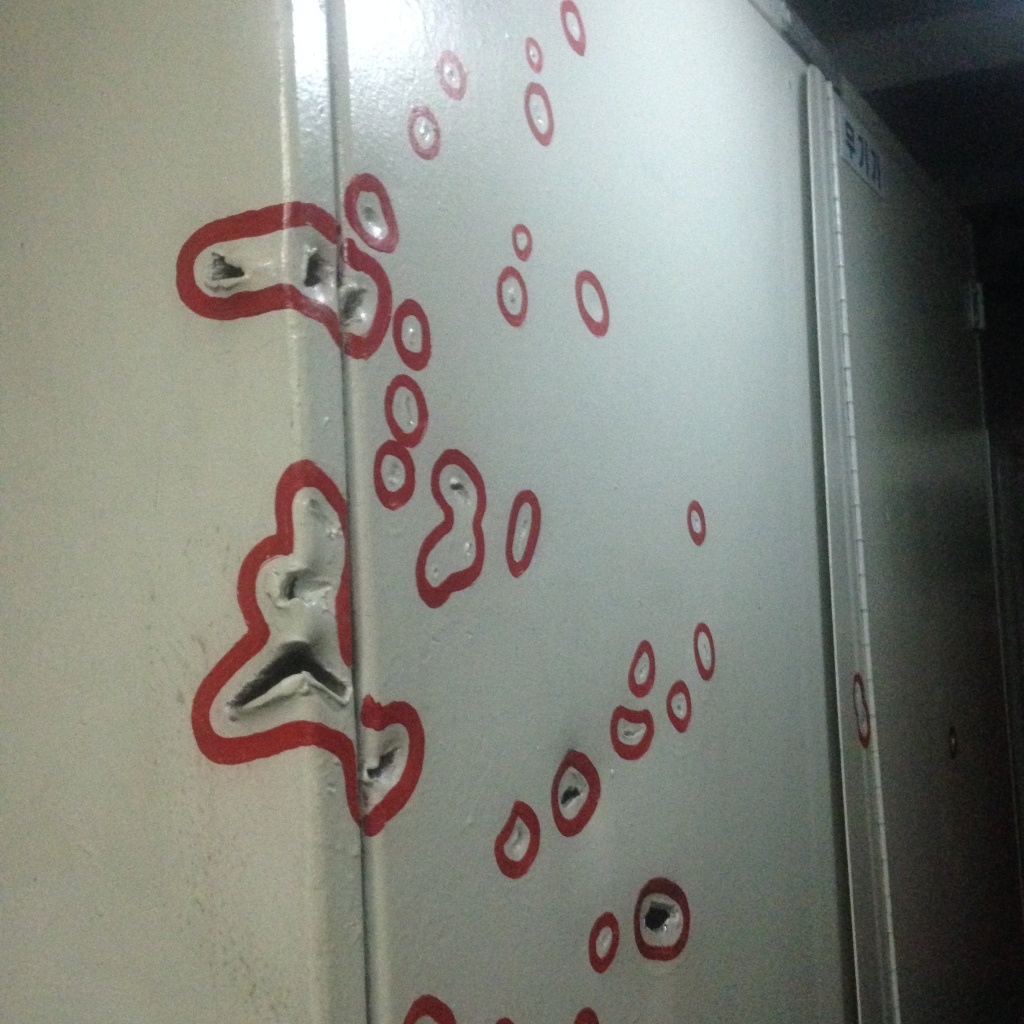
We followed our guide onto the ship and through the claustrophobic metal corridors. She showed us the shell damage from the original skirmish, circled in red so we didn’t miss them. We squeezed on and passed through a room filled with the spy equipment the Americans used when the ship was active.
We only saw a small part of the inside and came out the other side. It was now time for us to go into the actual museum. Unfortunately we weren’t allowed to take any pictures of this part which is why you’ll only see pictures of the Pueblo here.
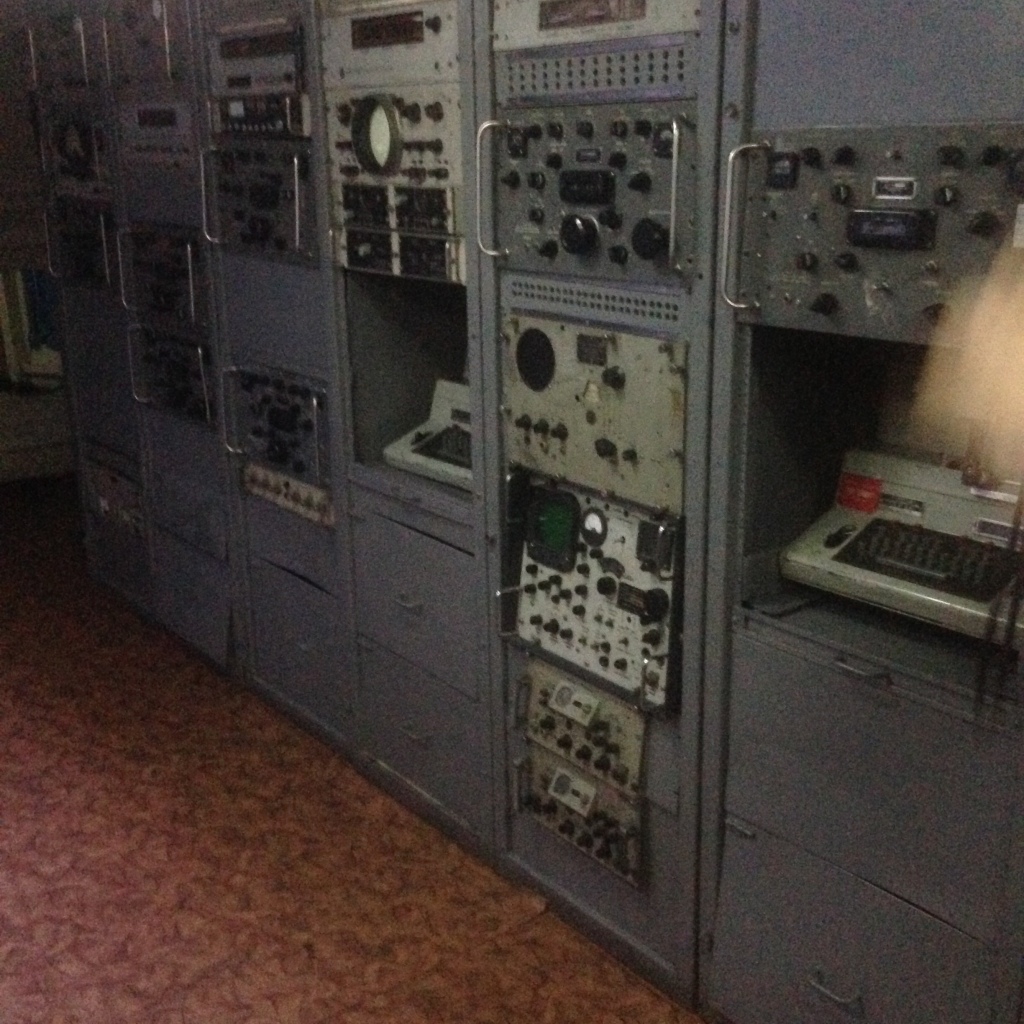
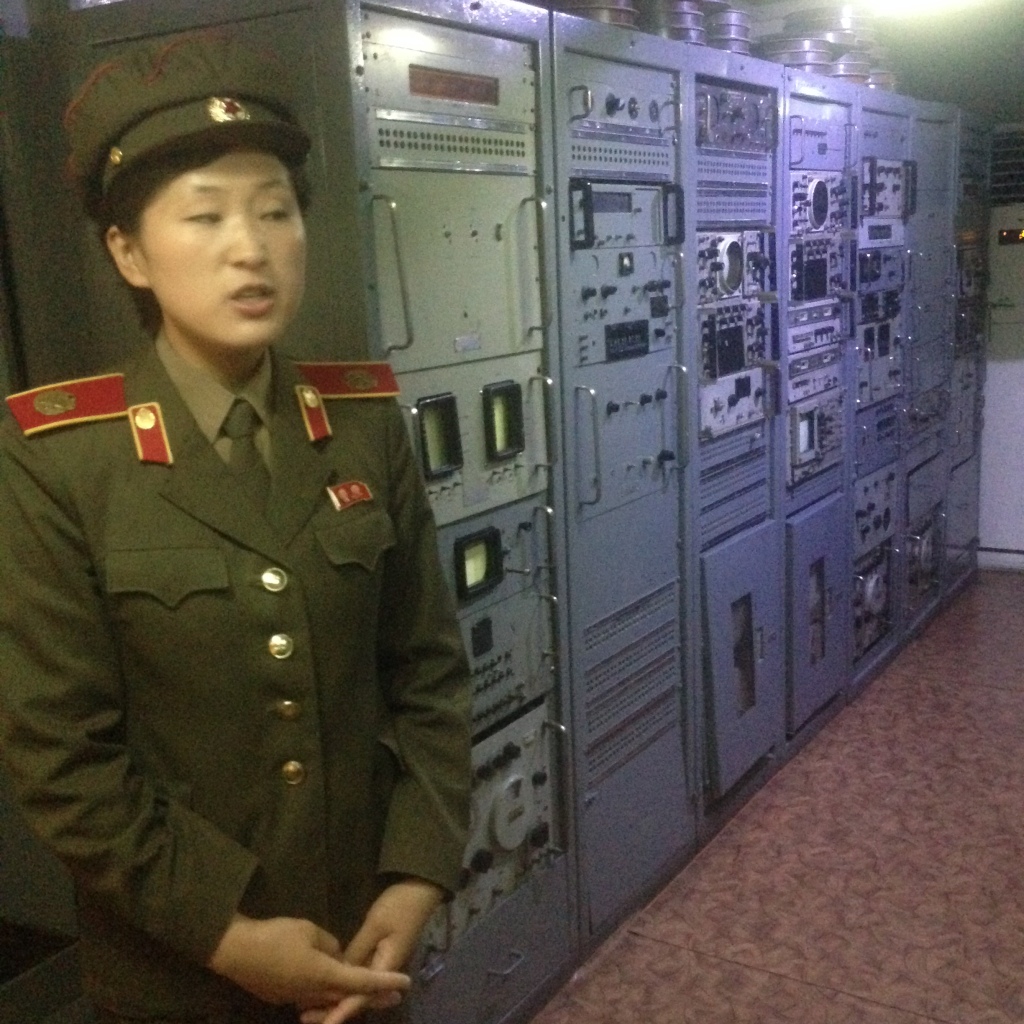
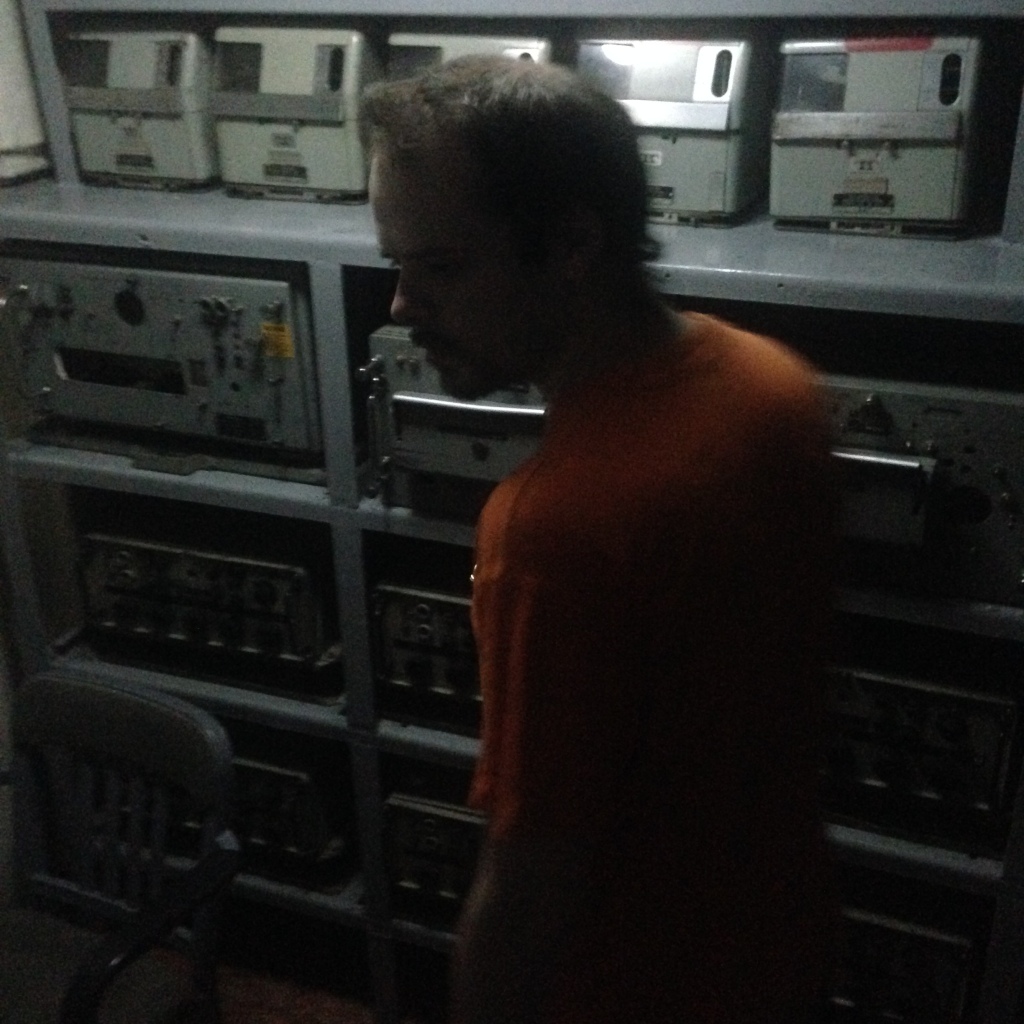
The museum lobby featured a large statue of Kim Jong-Un with elaborate staircases either side. Our museum guide led us up to the second floor. She seated us in a small area with a TV in front of us and played us a small documentary.
The documentary told us how the Korean War started in the eyes of the DPRK: The USA instilled a puppet government in South Korea. Then they tricked South Korea into mounting a surprise attack on North Korea. The DPRK defended itself against this attack and took it upon itself to liberate South Korea from the USA.
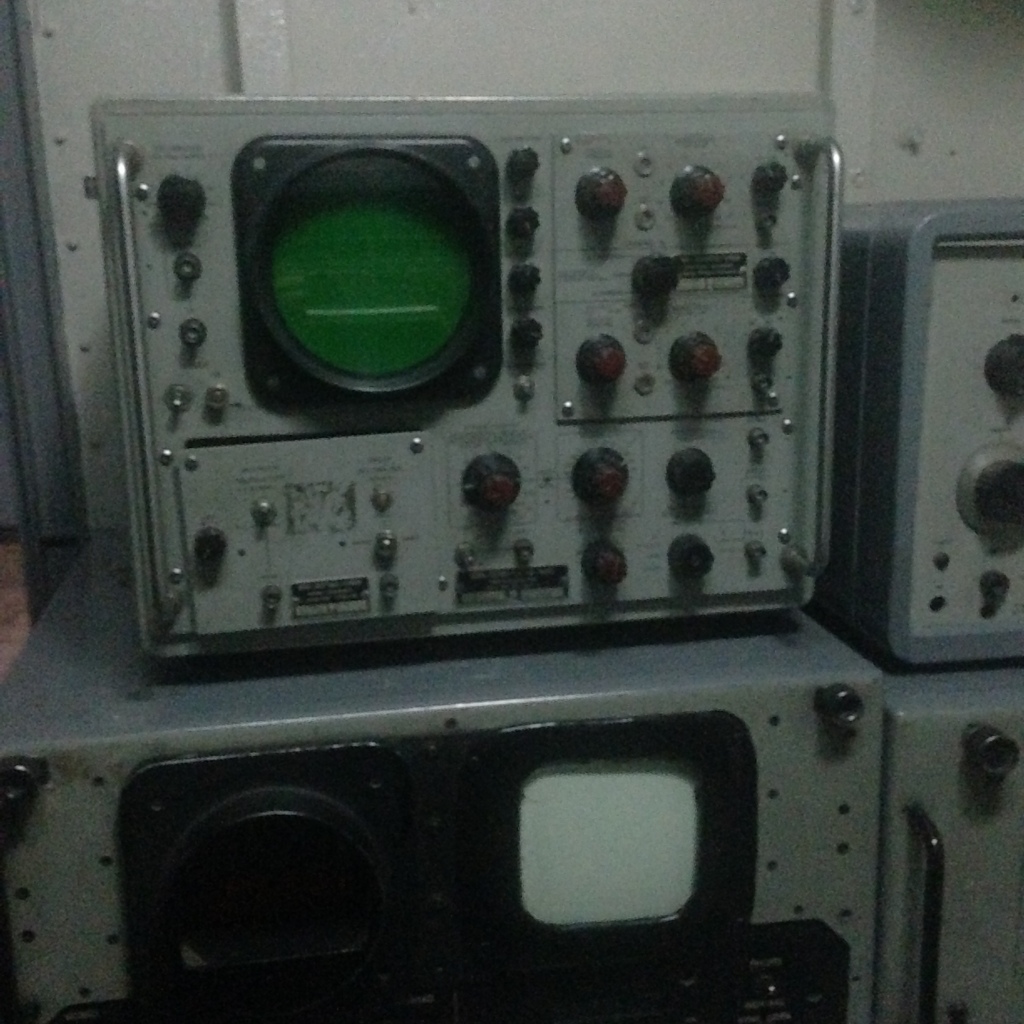
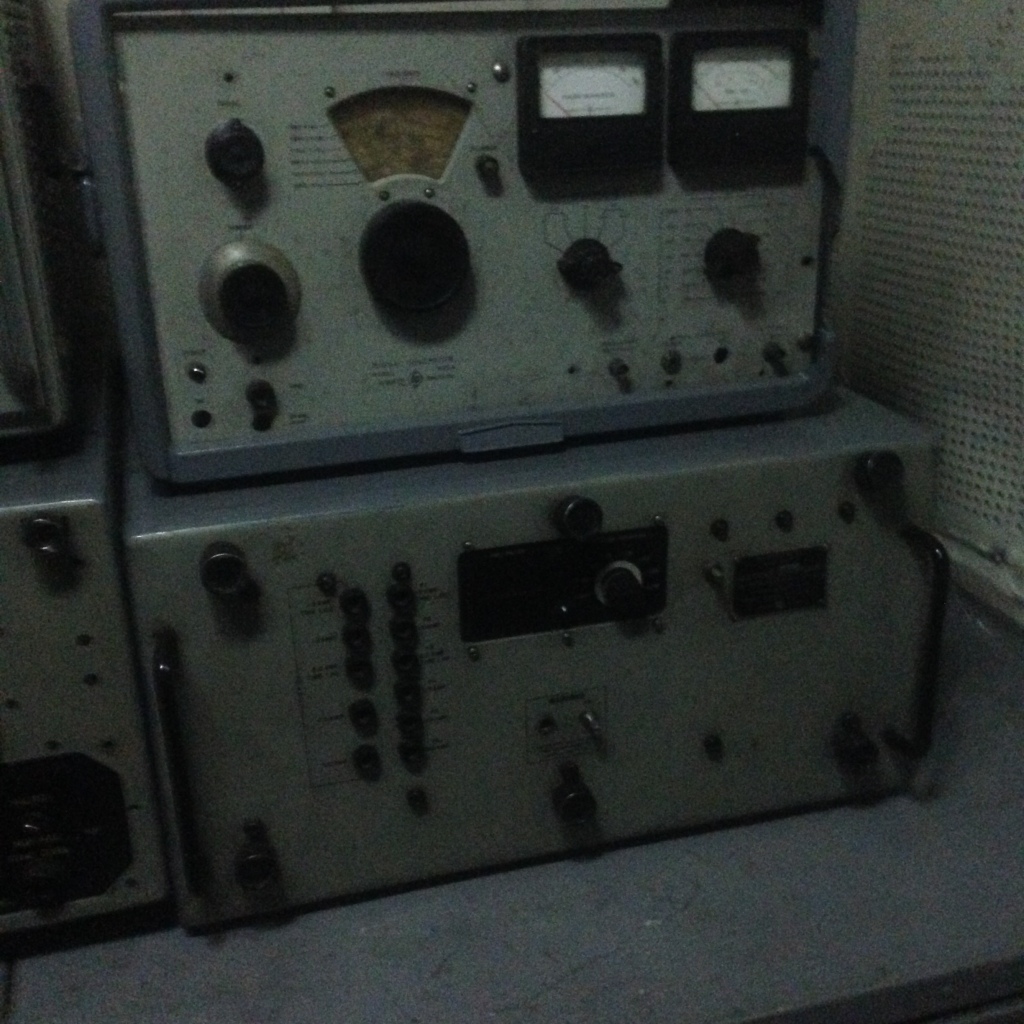
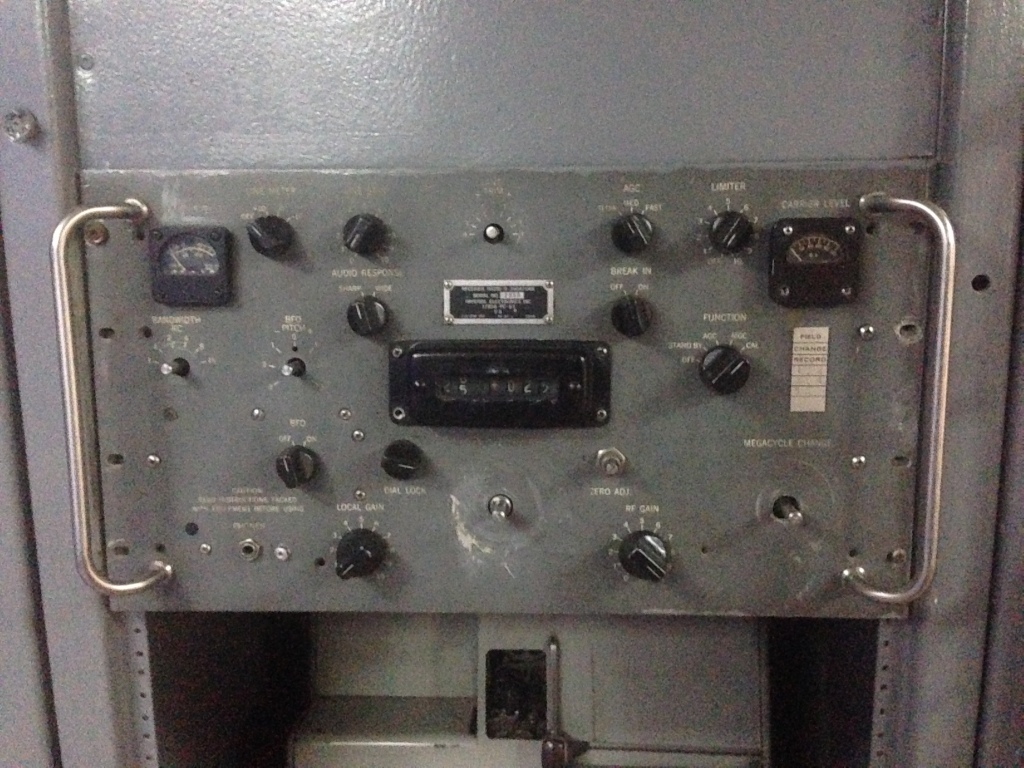
It was obvious propaganda, but it was interesting to see that they shifted the blame for the war away from South Korea and onto the USA. Uniting the country is still important to North Koreans which is why they never refer to the country as “North Korea”. They still see the country as one despite the war.
We were short for time so we rushed through the rest of the museum. There was a lot of war memorabilia and several maps showing when certain parts of South Korea were liberated.
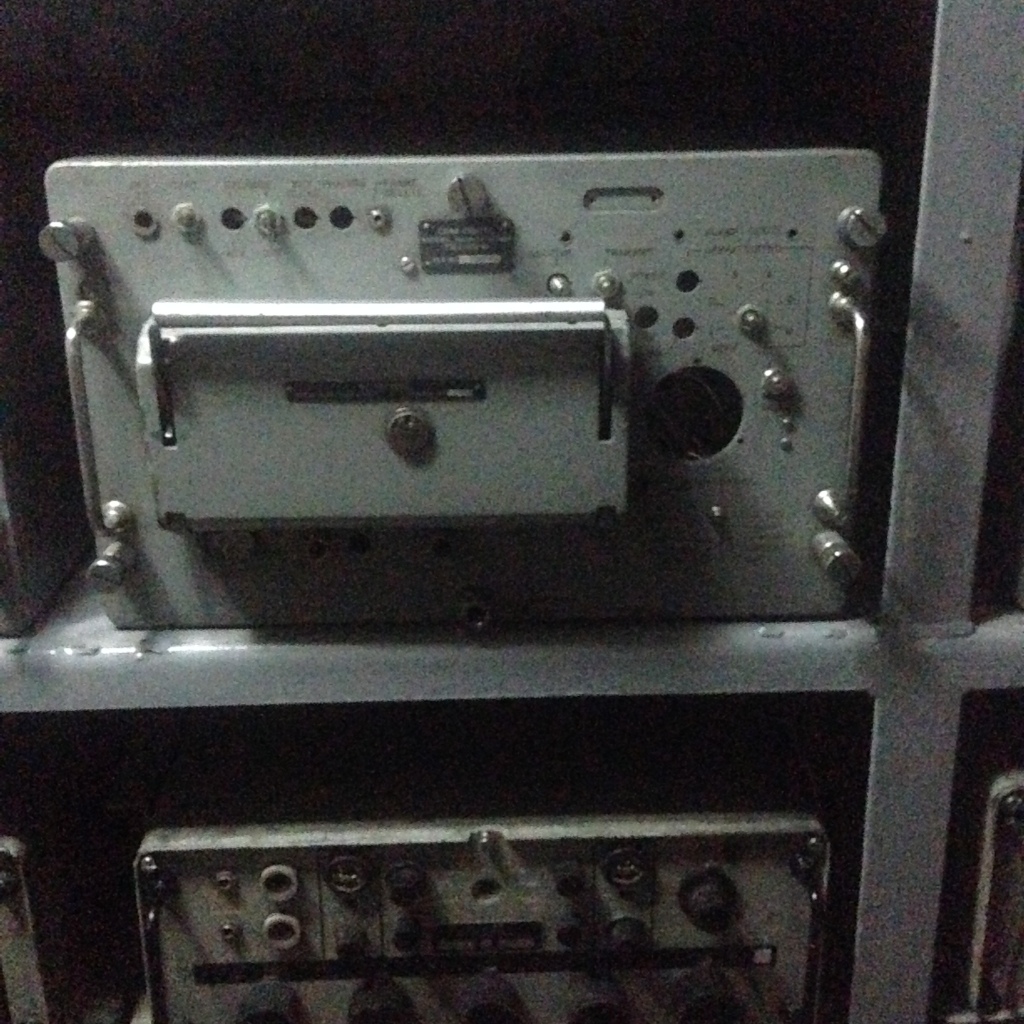
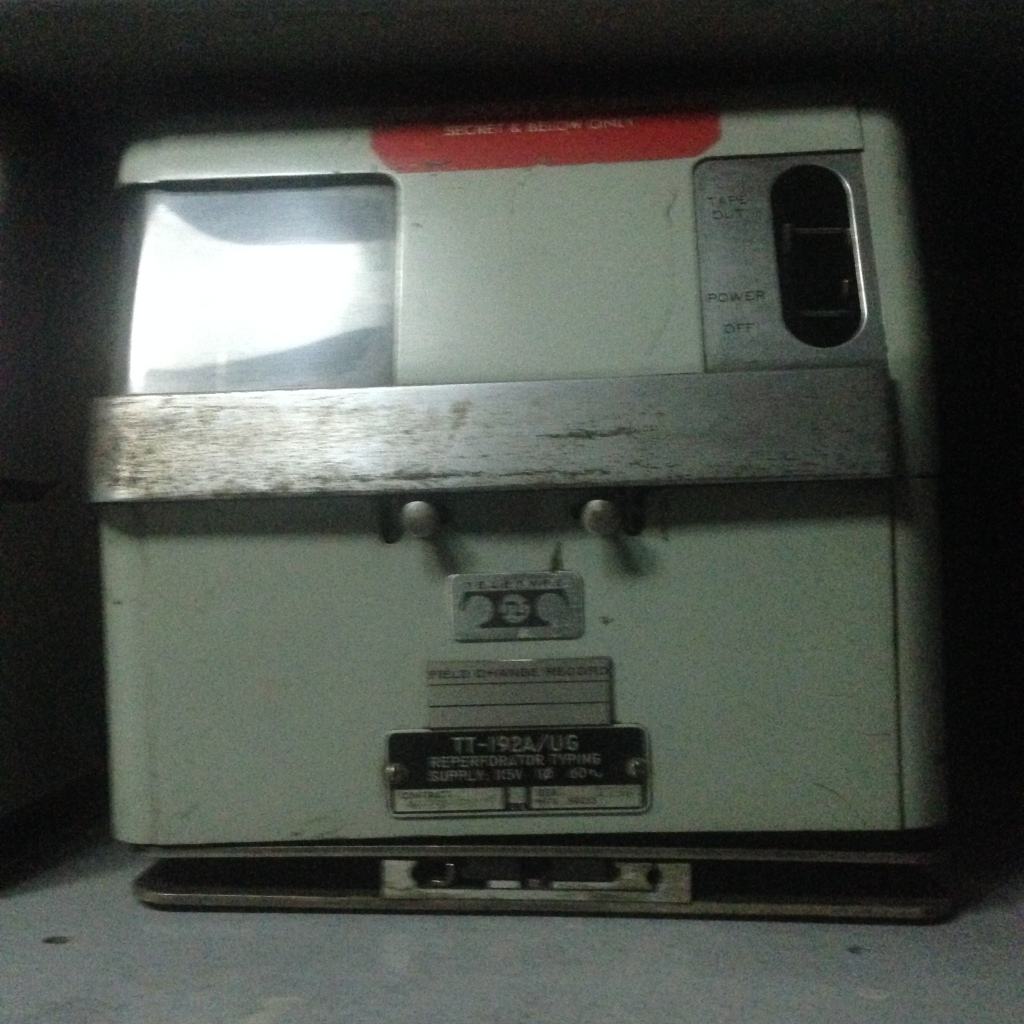
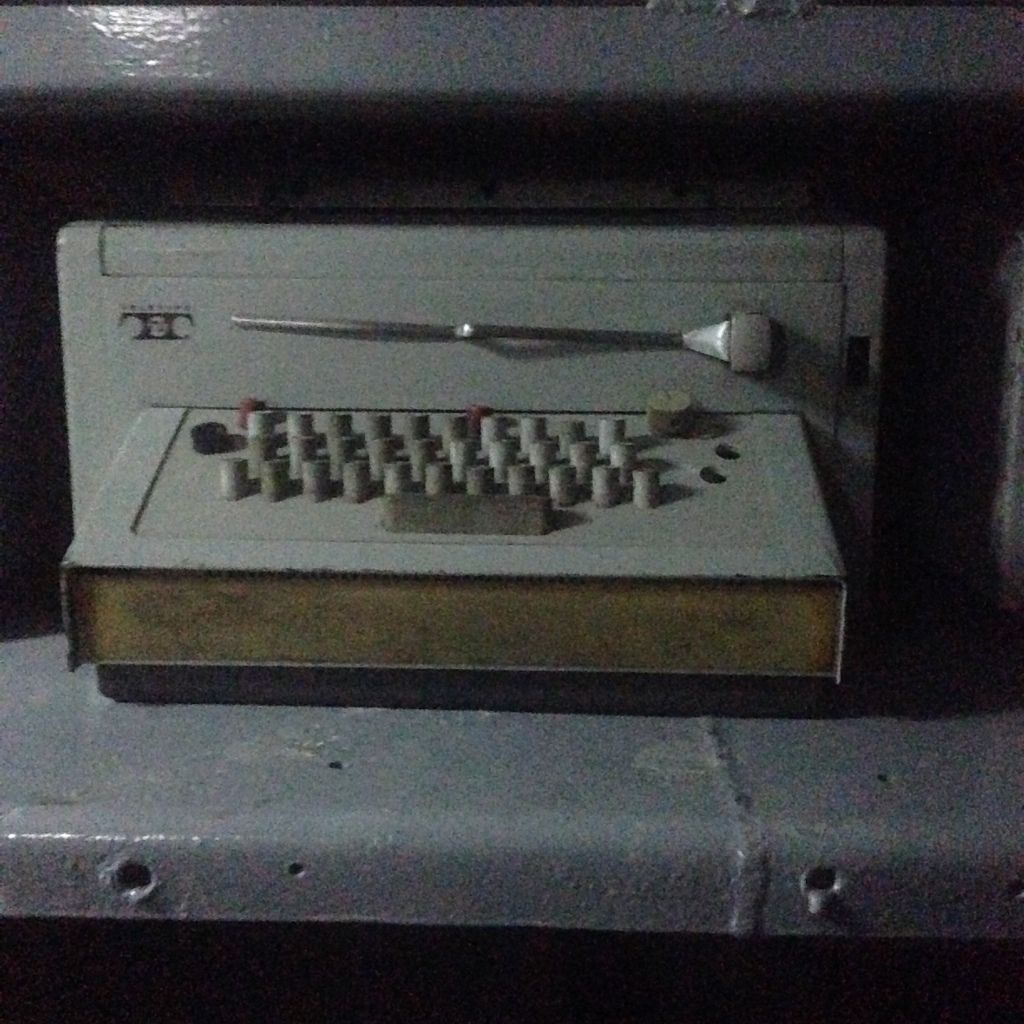
The final show piece was a cylindrical diorama depicting the war trenches. Our guide seated us in the middle of the diorama, all facing the same direction. The show started: lights started flashing and sound effects started playing as we slowly rotated. This went on for about ten minutes, but it felt like an eternity. Personally I’d rather have seen more of the actual museum than this, but our guide seemed keen for us to see it.
All we had left to do now was pass by the gift shop on our way out.

